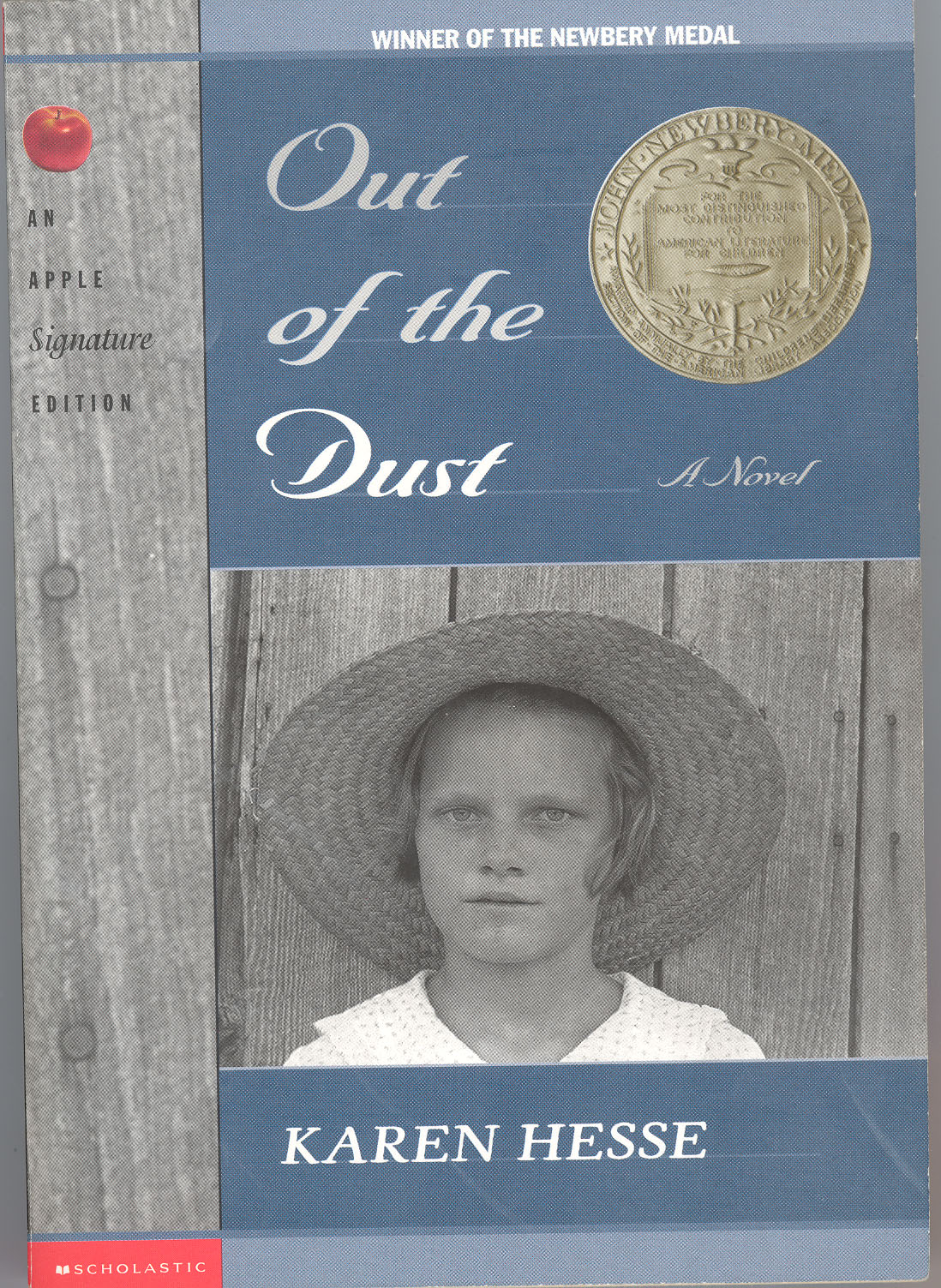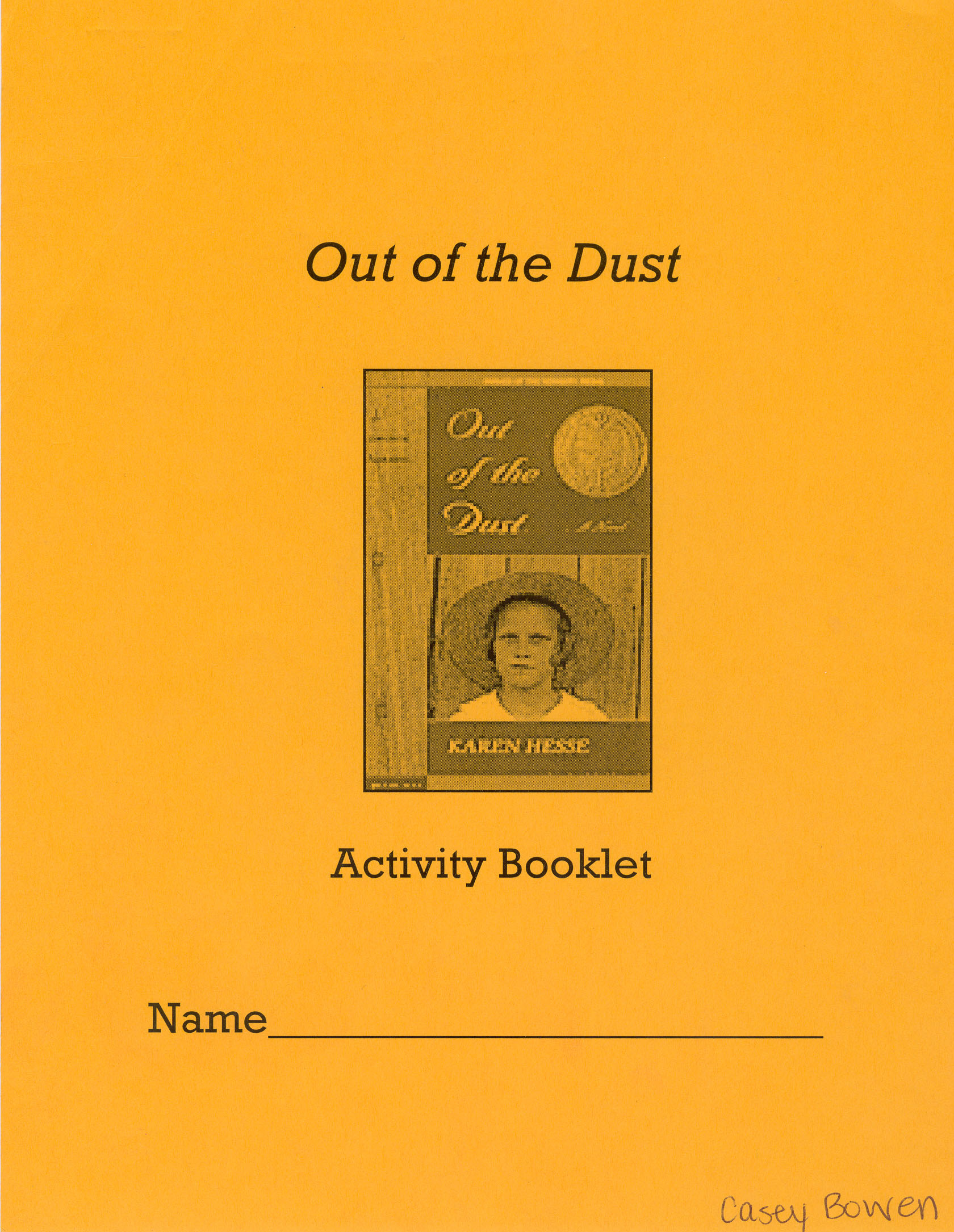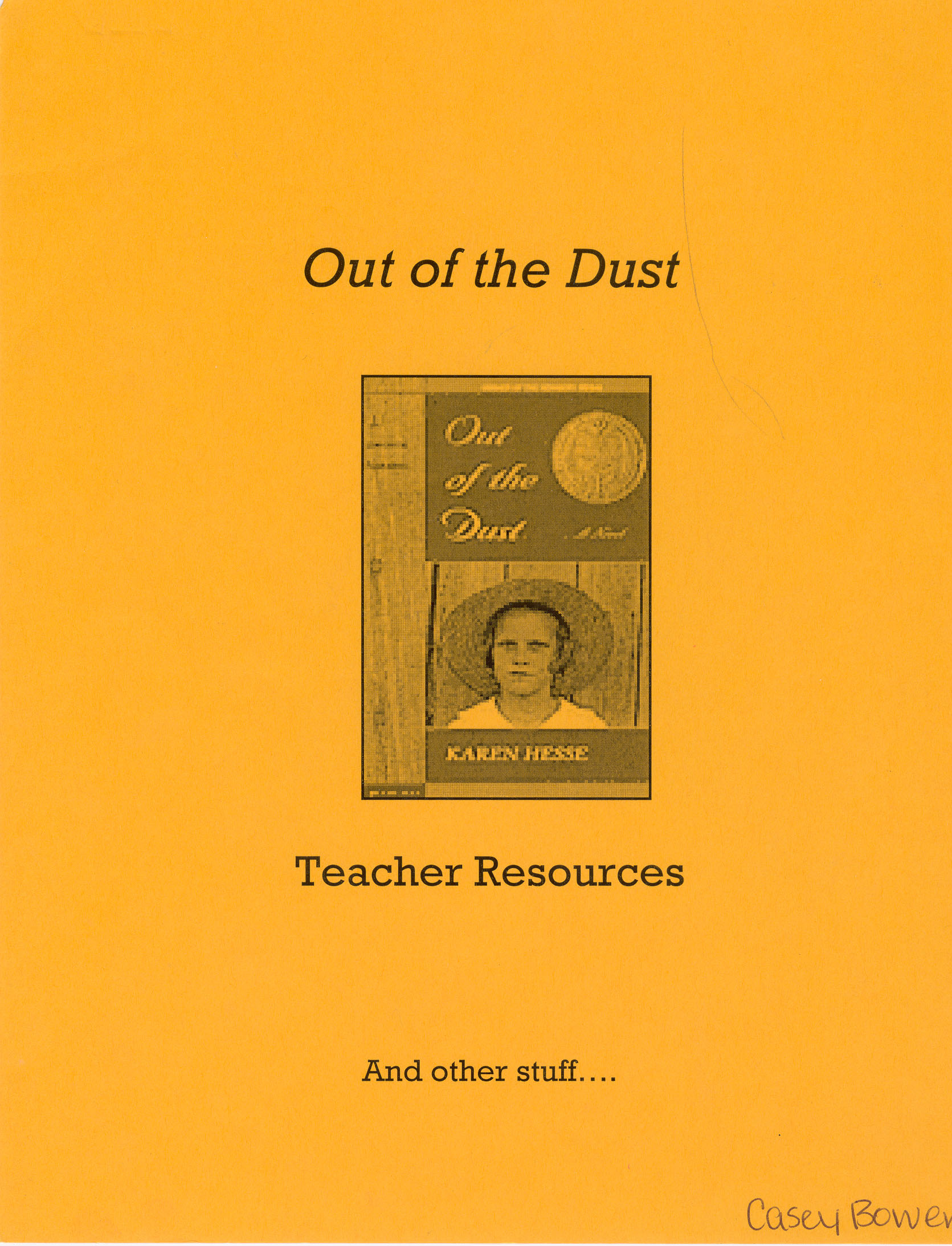

Novel Study



Character Sketcher
Your job as a Character Sketcher is to identify a character’s actions (traits) and explain or prove these traits, identify the character’s goal (what the character wants to do or accomplish), identify the problem and solution in the reading, and complete a sketch or illustration of the character.
You need to be aware that the character traits you will choose will be implied character traits, meaning…they are not directly stated in the passage. You really want to use descriptive words for your character traits. You do not want to use words like good, bad, nice, and mean.
Sometimes the solution to your character’s problem will not be in the section of the book that you are reading. In this case, you will need to come up with a possible solution for your character’s problem. When you begin artistically representing your character, try to use any physical descriptions from the text to help you. Your “artistic impression” needs to be on a separate sheet of paper. Here’s an example of how your Character Sketcher may look:
Character Name ______________________________
Implied Character Traits (3)
explanation of trait
____________________________________________________________________________________________________________________________________
explanation of trait
____________________________________________________________________________________________________________________________________
3. trait _______________ p. _____ par. ____
explanation of trait
__________________________________________________________________
__________________________________________________________________
Character Goal:
__________________’s goal is to
________________________________________________________________________
Problem:
__________________‘s problem is
________________________________________________________________________
Solution or Possible Solution: __________________________________________
My Hands
Billie Jo’s hands were a very important characteristic of her body. She could do many things with her hands that made her the character that she was. Trace both your left and right hands on the piece of paper. In each finger, label a characteristic or trait of Billie Jo. Be unique and descriptive. You can use any type of description to completely describe Billie Jo.
Break a leg!
In your assigned small group, choose a scene from the book that you think is important to the story of Billie Jo and her family. Organize your thoughts below in the outline and create a dialog and script that will best demonstrate this part of the book. Make sure everyone has a part, use props and dress-up clothes as needed. All groups will perform for the class!
Scene: ____________________________
Characters: _______________________ ______________________
_______________________ ______________________
_______________________ _______________________
Props: __________________________________________________________________________________________________________________________
Dress-Up Clothes: __________________________________________________________________________________________________________________________
Important aspect of this scene (what is it showing?): __________________________________________________________________________________________________________________________
Important dialog among characters that needs to be included:
_________________________________________________________________________________________________________________________________________________________________________________________________________________________________________________________________________________________________________________________________________________________________________________
Multimedia Resources

Surviving the Dust Bowl
Steward/Gazit Productions, Inc.
PBS Home Video, 1998
 The Great Depression:
The Great Depression:
Arsenal of Democracy
Blackside Productions, Inc.
PBS Home Video, 1993

The Speeches Collection: FDR
MPI Home Video
1987-1990

The Grapes of Wrath
Fox Video
1996

Documentary 1975
www.carolhurst.com/titles/outofthedust.html
This site includes a review of the book, activities, related books and internet sites. I used this source to give me ideas on related activities and books.
www.ala.org/ala/booklinksbucket/outdust.htm
This site includes a review of the book and discussion questions for sections of the book as well as related literature to research. I used this source for related literature for my unit.
www.pbs.org/wgbh/amex/dustbowl
This website give ample information on the Dust Bowl. It includes maps, timeline, interviews, and teacher resources. This site also coincides with the PBS film Surviving the Dust Bowl. I used this site for ideas of activities in my unit as well as an internet source for my students to use in their Internet activity.
www.plc.vic.edu.au/library/outdust/dust.htm
This site is excellent for teachers! It breaks the book into areas of content. Focuses on theme, history, interviews, etc. It includes great activity ideas, pictures, and related literature. I used this site as ideas for my unit activities.
http://www.nashville.k12.tn.us/CurriculumAwards/PercyPriest/Out_of_the_Dust.html
This is an excellent teacher site for using this novel. It includes discussion questions, internet websites, assessment, project ideas, tools, etc. I used this site to get ideas for my activities.
http://wneo.org/WebQuests/TeacherWebQuests/dustbowl/dustbowl.htm
This is a great webquest for students to complete on this novel. I did not use this site, only thought it would be a great resource.
http://www.eduscapes.com/newbery/98a.html
This site gives the summary of the book, teacher resources for activities, links to information on the Dust Bowl, discussion questions, classroom connections, movies, and other historical information.
http://lcweb2.loc.gov/ammem/afctshtml/tshome.html
This site comes from the Library of Congress. It has great links to further research on this time in American History. I did not use this site, only thought it would be a great resource.
http://memory.loc.gov/ammem/ndlpedu/lessons/99/dust/intro.html
This website includes curriculum guides and lesson plans for teachers when using this novel in the classroom. It is a great site for getting ideas on discussion questions and activities. I used this site for activity ideas for my unit.
http://www.bcps.org/offices/lis/models/outofthedust/
This site is a teacher’s guide to creating a research project for the novel Out of the Dust. It includes great links to ideas. It has the book sectioned out and a rubric for assessing. I did not use this site, only thought it was a good resource.
http://web.syr.edu/~etjanick/hesseactivity.htm
This is a site for suggested response activities for students as individuals, small group or whole group. I used this site as a source for activity ideas.
http://www.familyeducation.com/topic/front/0,1156,22-15323,00.html
This site has activities, quizzes and fun information for students to use for this book! I did not use this site, but thought it was a good resource.
Unit Books
Fiction

Tony Johnston
Robert Duncan (illus)
1994, Penguin Group

John Steinbeck
2003, Viking Press
 Potato: A Tale from the
Potato: A Tale from the
Great Depression
Kate Lied
Lisa C. Ernst (illus)
1997, Publisher’s
Group West
 Treasures of the Dust
Treasures of the Dust
Tracey Porter
1997, Harper-Collins
Publishers
Non-Fiction
 Children of the
Children of the
Dust Bowl
Jerry Stanley
1992, Crown
Publishers, Inc.

Marissa Moss
(author/illus)
2001, Harcourt, Inc.

Driven from the Land
Milton Meltzer
2000, Benchmark Bks.

Michael Cooper
2004, Clarion Books

Cheryl Harness
(author/illus)
1992, Crown
Publishers, Inc.

In American History
David K. Fremon
1997, Enslow
Publishers, Inc.